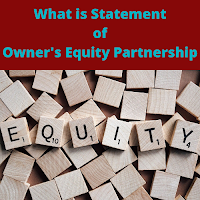Relationship & Differences Between Current Assets And Total Assets

Current Assets VS Total Assets Current Assets provide probable future economic benefits to the business equal to or less than one year while Total Assets is the combination of both Current Assets and Non-Current Assets / Fixed Assets , so it provides longer benefits as compared to current assets. Current assets are equal to Total Assets - Fixed Assets while Total Assets is equal to Current Assets + Fixed Assets. Relationship Between Current Assets And Total Assets If current assets increase, then the total assets will also increase. Similarly, if current assets decrease the total assets will also decrease. So, there is a direct relationship between Current Assets And Total Assets. So, we can say that current assets may provide benefits equal to or less than one year while total assets may provide more benefits as it also include fixed assets / non-current assets.












